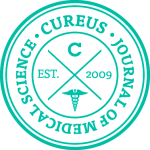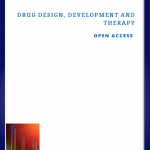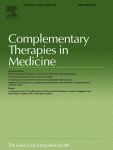Carla Holandino
Chagas disease: an old disease in need of new therapies
Homeopathy, 2008, 97 (2), 57-58

Chagas Disease or South American trypanosomiasis is a chronic infection caused by the parasite Trypanosoma cruzi. Its transmission and pathogenesis, as well as the life cycle of T. cruzi, were fully characterized by the Brazilian physician Carlos Chagas, in 1909. The disease is endemic in Central and South Americas where approximately 1016 million people are estimated to be infected by T. cruzi and 13,000 deaths per year are associated with Chagas disease.1 J.H.F. Remme et al., Tropical diseases targeted for elimination: Chagas disease, lymphatic filariasis, onchocerciasis and leprosy, Disease control priorities in developing countries (2nd edn), Oxford University Press (2006) pp 433449.1 The vector is blood-sucking insects of the subfamily Triatominae (Family: Reduviidae) known as assassin or kissing bugs. Initiatives launched across South America to control and prevent transmission by the insect vector have led to a remarkable decrease in the number of new cases reported in recent years. Nevertheless, the widespread distribution of sylvan populations of Triatominae in Central and South America, and its recently developed resistance to insecticides highlights the need for new therapies for Chagas disease.







